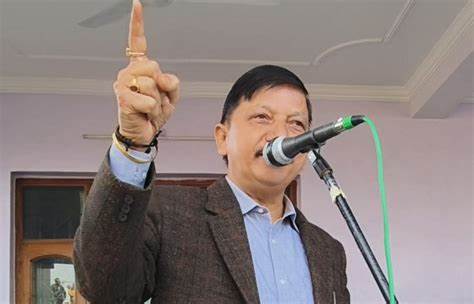Tucked away in the mountains of Kullu in Himachal Pradesh lies a fascinating village that operates with its own form of democracy and parliament.
Malana is renowned not just for its distinct governance system but also for its rich traditions and mysterious customs. Often described as one of the most intriguing villages in the world, Malana continues to captivate visitors and researchers alike with its age-old practices and unique way of life.

Origin of Malana & the Alexander connection
Several legends surround the origin of Malana village. Some believe that the people of Malana are descendants of Alexander the Great’s army, who stayed behind during his invasion of India.
The physical features of Malana’s residents differ from those of other inhabitants of the Kullu Valley, and their Kanashi language, spoken only by Malana villagers, bears similarities to Greek, supporting this theory. However, historians argue that Malana’s culture and origins predate Alexander’s era.
Traditional Attire
Due to its high-altitude and remote location, the people of Malana wear warm and comfortable woollen clothing.
Men’s attire includes a woollen tunic (chola) worn over tight woollen trousers. In winter, they wear a woollen coat called “locha”, along with a woollen cap and a woollen belt around the waist.

Women’s attire consists of a long woollen tunic and trousers, which are longer than men’s tunics. During winter, they wear woollen coats and shawls, covering their heads with a woollen scarf called “dhatu”.
Although modern clothing is becoming popular among the youth, traditional attire is still worn on special occasions.
Unique traditions & final authority
Malana is famous for its democratic system, which is independent of Indian governance. The village has its own parliament, consisting of two houses:
Upper House – Comprising 11 members, including three permanent members (guru, priest and the deity’s representative). The remaining members are elected by the villagers.

Lower House – The final decision in any matter is believed to be made by the deity Jamlu, who is considered the supreme authority in Malana.
Malana has strict rules for outsiders. Villagers do not interact with outsiders and rules are displayed at the village entrance in Hindi and English. Visitors cannot touch temples, sacred objects or even villagers’ homes as doing so results in heavy fines.
Even while buying goods, outsiders must place money on the ground and the shopkeeper places the purchased item on the ground for them to pick up. Tourists cannot stay overnight in Malana and must spend the night outside the village.
Cannabis & the rush of foreign tourists
The primary livelihood of Malana’s residents is agriculture and animal husbandry. They rear sheep for wool and goats for milk, while their main crops include potatoes, maize and barley.

However, in recent decades, cannabis cultivation has become widespread. The high-quality hashish, known as “Malana Cream”, is in high demand internationally. Although cannabis cultivation and sale are illegal in India, it has become a major source of income for Malana’s residents, attracting foreign tourists to the village.
Malana village has always been a subject of curiosity due to its unique traditions, democratic system and mysterious origins. Despite gradual modernisation, the villagers have preserved their ancient culture, which is rare in today’s world.
Himani Sharma





